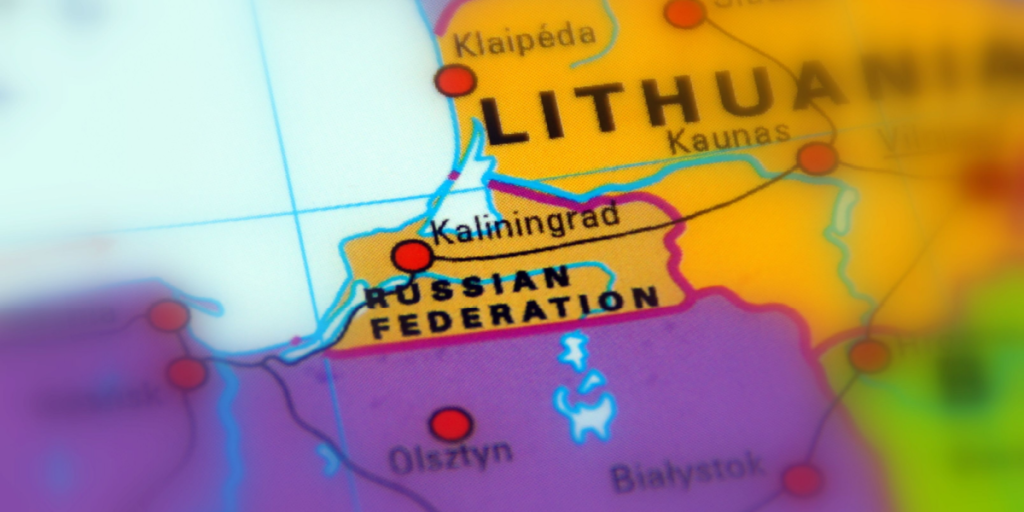And even more important: What does the Russian outpost mean for European security today?
Others are reading now
And even more important: What does the Russian outpost mean for European security today?
More than 16,370 km2
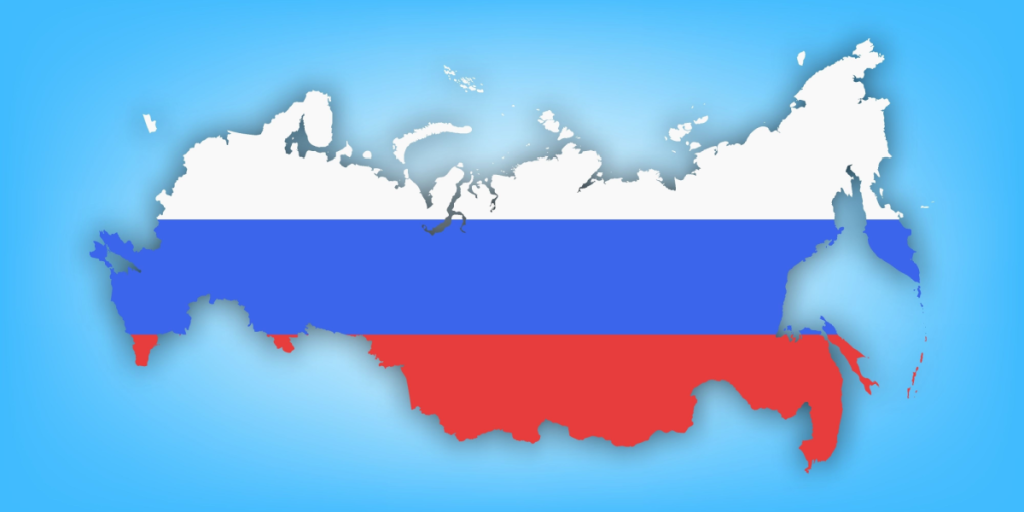
Looking at area alone, there is no country in the world bigger than Russia.
In fact, Russia’s combined size is equivalent to 11% of the world’s total landmass.
Most of Russia’s area is connected into one big territory, but a tiny sliver of just 223 km2 is not connected to “Main Russia” – and that gives Europe a conciderable headache.
The tiny exclave
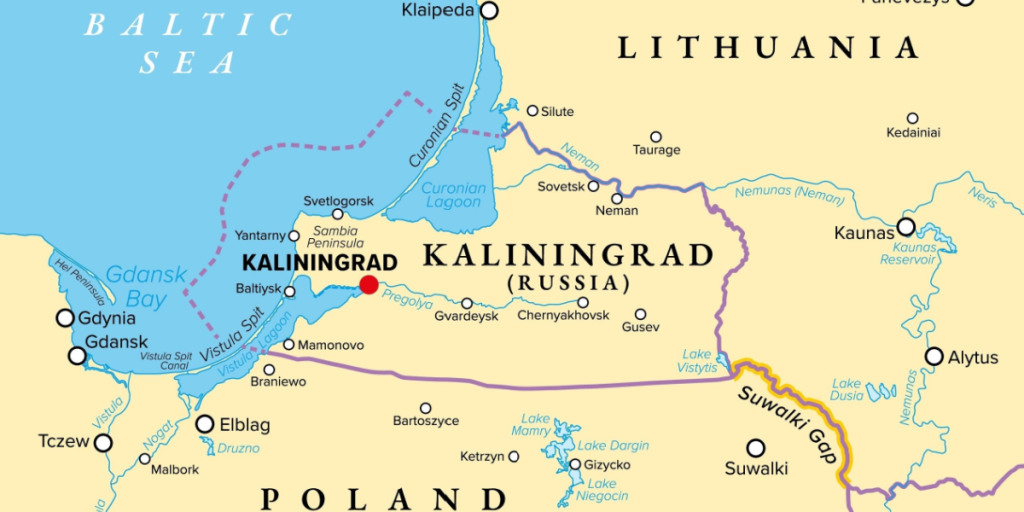
Sandwiched bewteen Poland and Lithuania, tha tiny exclave of Kaliningrad is cut off from the rest of the Russian territory.
Also read
But why is this tiny piece of land still Russian decades after the fall of the Soviet Union?
Medieval origins
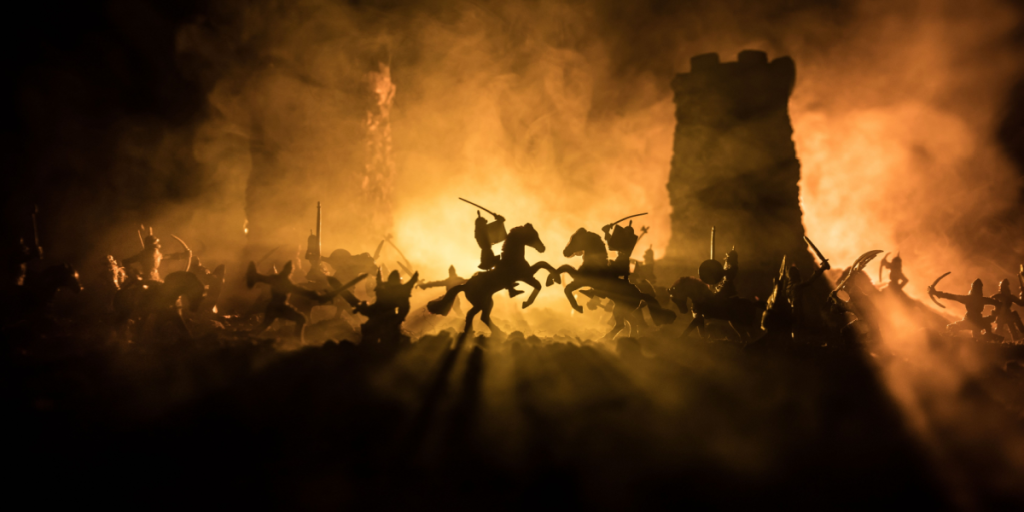
Kaliningrad was originally known as Königsberg, founded in 1255 by the Teutonic Knights as a stronghold during their crusades in the Baltic region.
For centuries, it was part of East Prussia, a German-speaking territory.
Prussian & German era
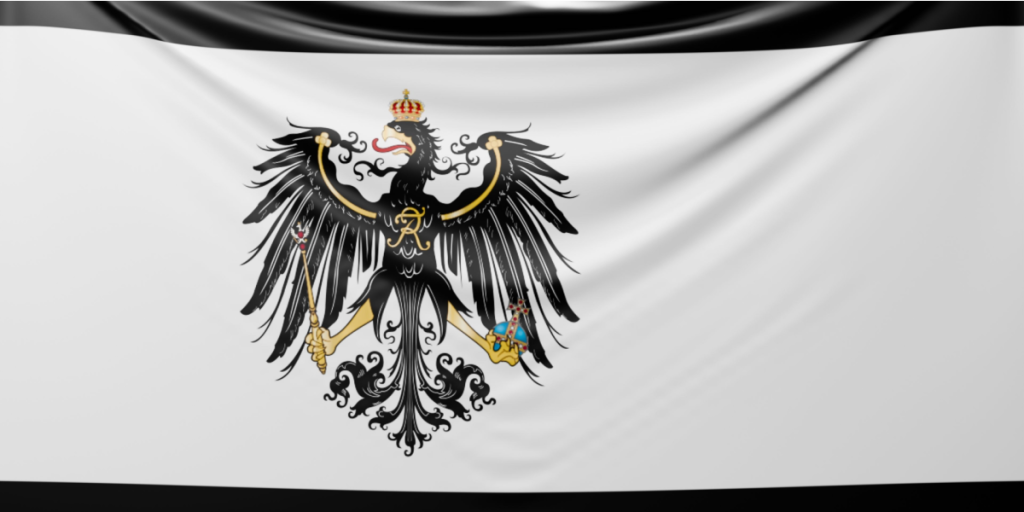
Königsberg became a center of learning, culture, and philosophy — famously home to philosopher Immanuel Kant.
It remained part of Germany (Prussia, later the German Empire) until the mid-20th century.
Also read
World War II & Soviet annexation
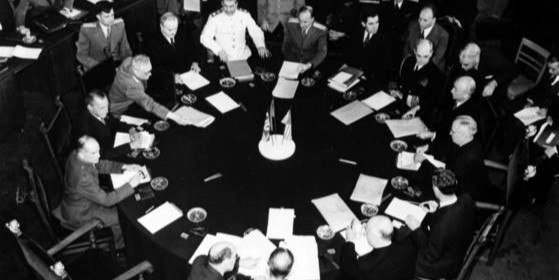
During World War II, the city was heavily bombed by Allied forces and finally captured by the Soviet Red Army in April 1945.
At the Potsdam Conference (1945), the Allies agreed that the northern part of East Prussia, including Königsberg, would be handed over to the Soviet Union.
The German population was expelled, and the city was repopulated with Russians and other Soviet citizens.
Renaming & Sovietization
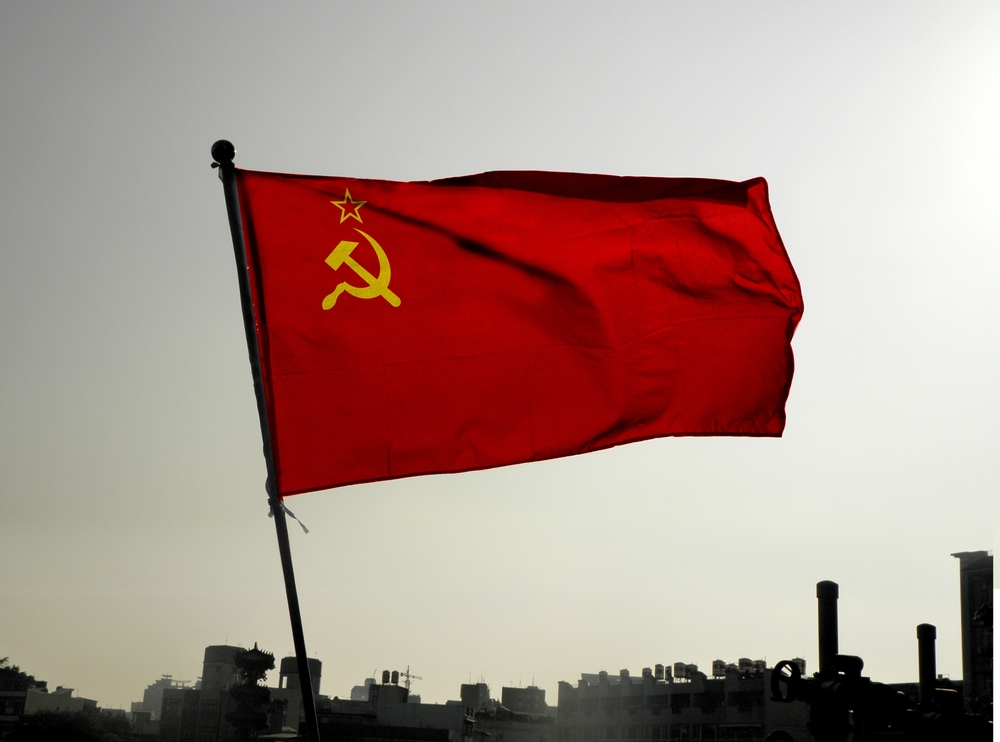
In 1946, Königsberg was renamed Kaliningrad after Mikhail Kalinin, a Soviet statesman.
The city was rebuilt in the Soviet style, erasing much of its German past.
Also read
So far so good
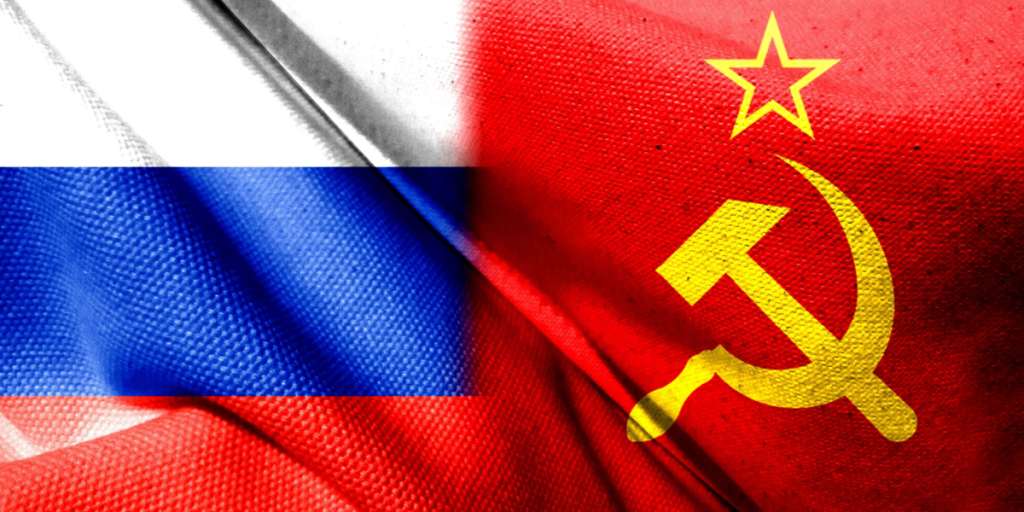
Now we know why Kaliningrad became Russian to begin with.
But that doesn’t explain why it is still Russian now, decades after the fall of the Soviet Union.
There’s a number of reasons for this.
Geopolitical significance
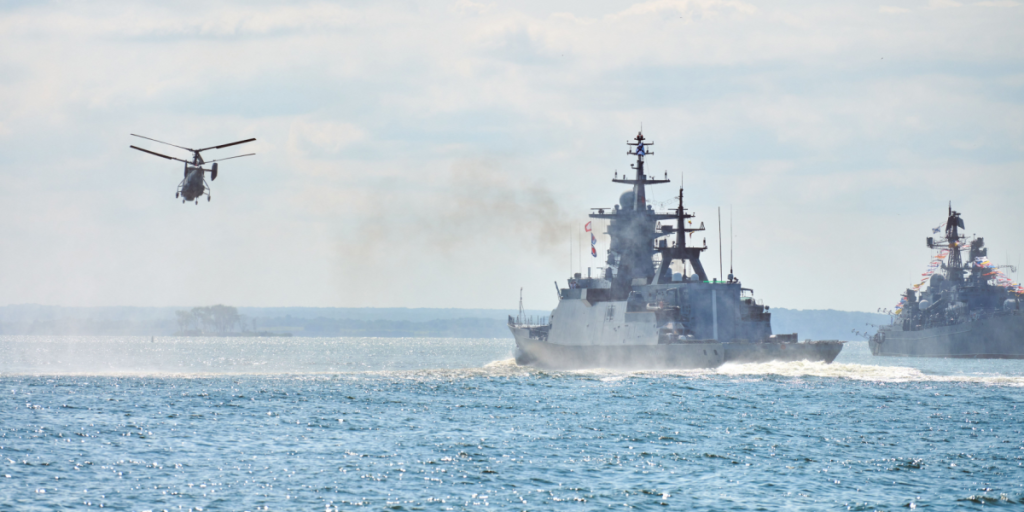
Kaliningrad is Russia’s only ice-free port on the Baltic Sea, making it militarily and economically valuable.
It houses Russia’s Baltic Fleet and serves as a strategic forward base in Europe.
Also read
Cold War legacy
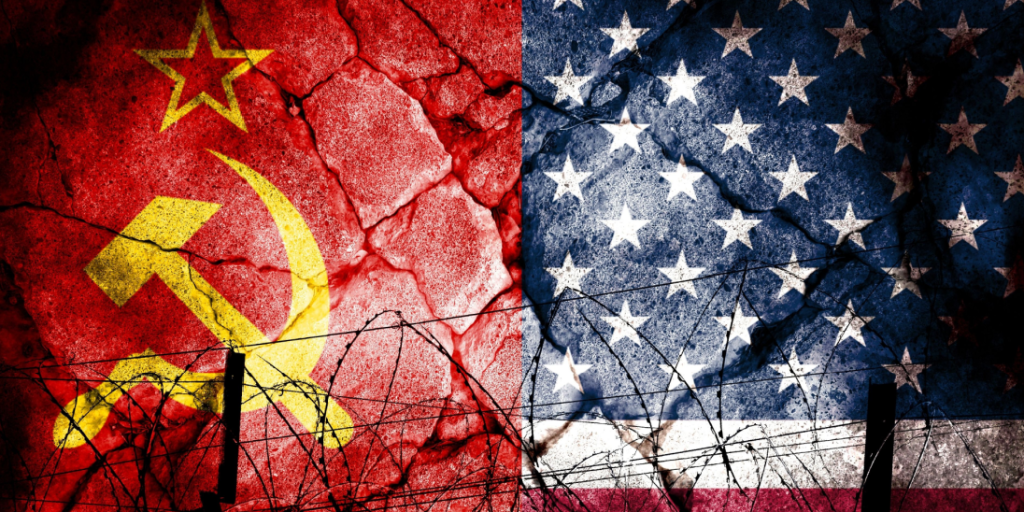
Unlike other Soviet-occupied territories (like the Baltic states), Kaliningrad was formally incorporated into the Russian Soviet Federative Socialist Republic (RSFSR).
After the USSR collapsed in 1991, it remained with Russia.
Cultural Mix
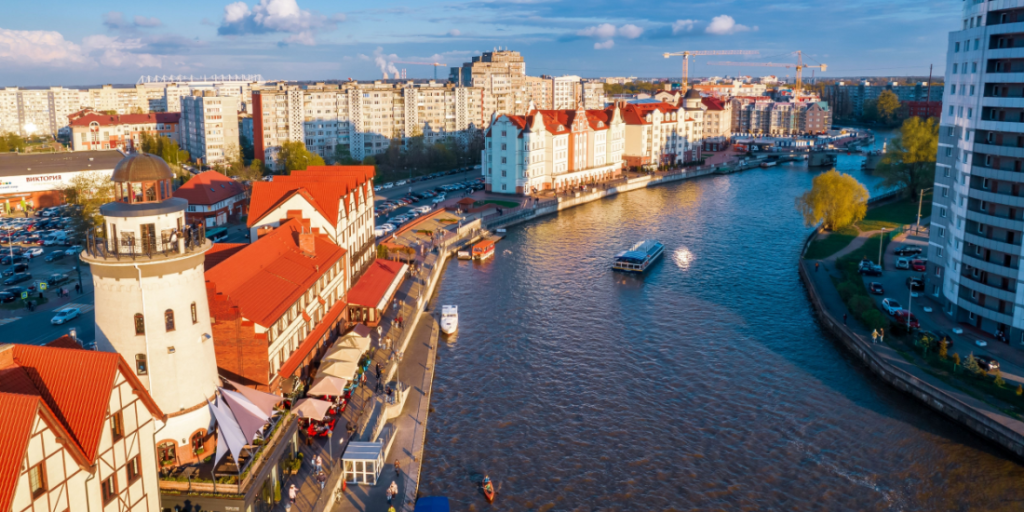
While much of the German past was destroyed or suppressed, remnants remain — such as the Königsberg Cathedral and restored medieval gates.
The city now blends Soviet-era architecture with modern Russian development.
No local independence movement
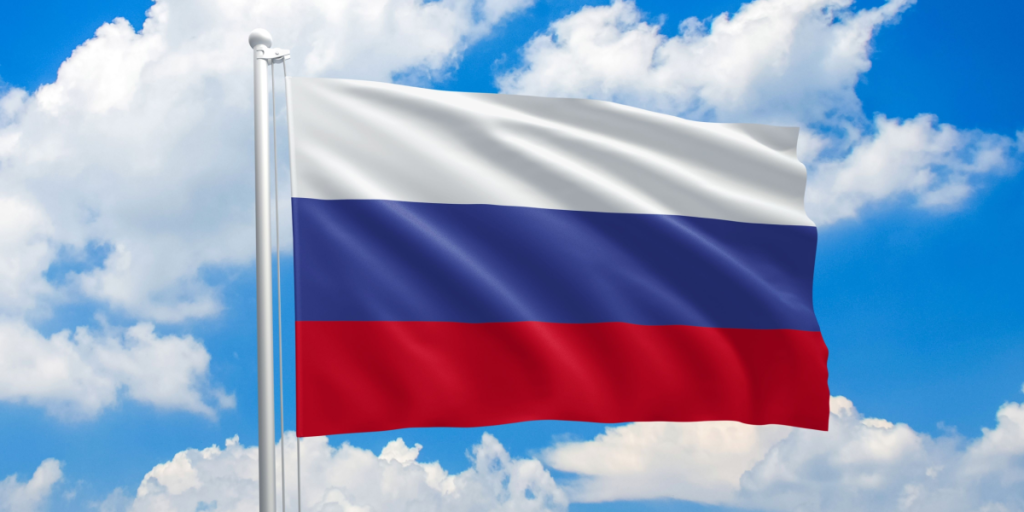
Unlike the Baltics or Ukraine, Kaliningrad never developed a strong movement to separate from Moscow, in part because its population is overwhelmingly Russian-speaking and resettled after WWII.
Also read
Enough with the history lessons

Now that we know why Kaliningrad is still Russian, it will be a good iea to have a look at how this situation affects the world of today.
And there are both military, economical and political ramifications
Russian outpost in Europe
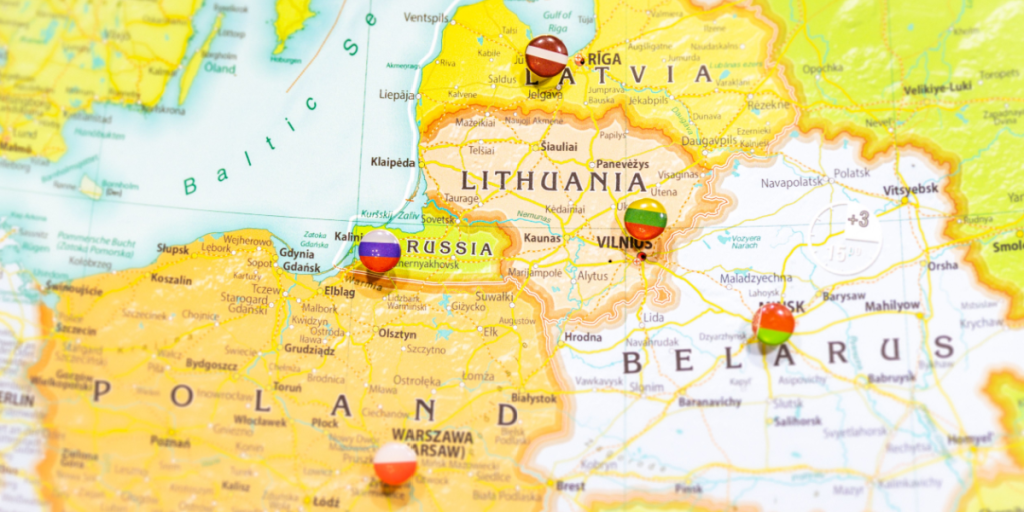
Kaliningrad is an exclave of Russia, separated from the mainland by Lithuania and Poland.
It’s the westernmost part of the country, physically closer to Berlin than to Moscow.
Economy & trade
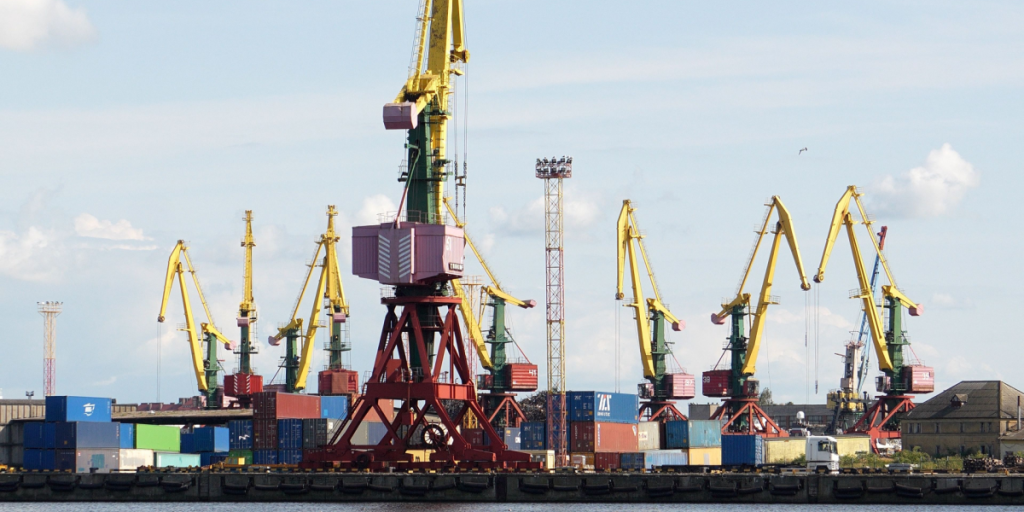
Kaliningrad has a special economic zone, attracting investment, and is known for amber, fishing, and shipbuilding industries.
Also read
Tense geopolitics
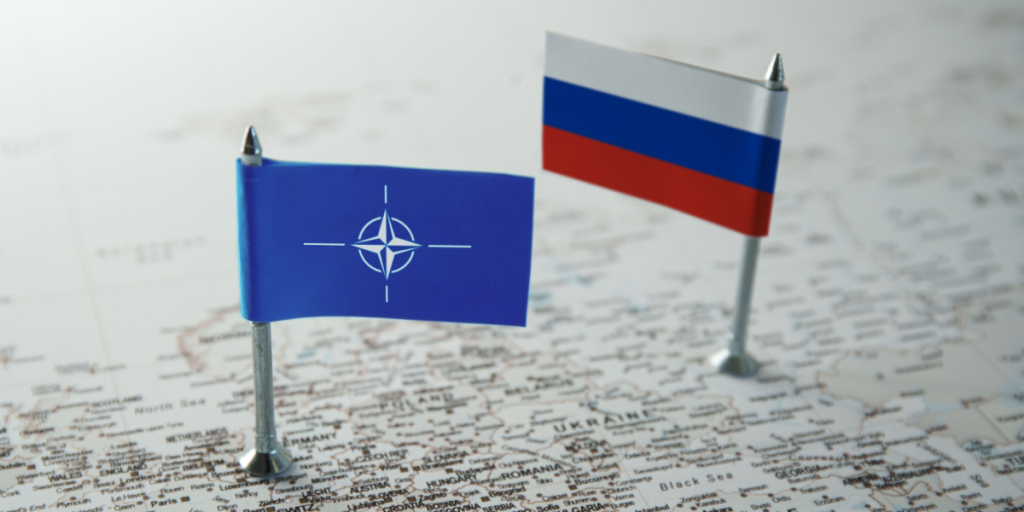
Since NATO expanded eastward, Kaliningrad has become a military hotspot, with Russia stationing advanced missiles and air defenses there.
It is often described as a “fortress Russia” within the EU-NATO region.

